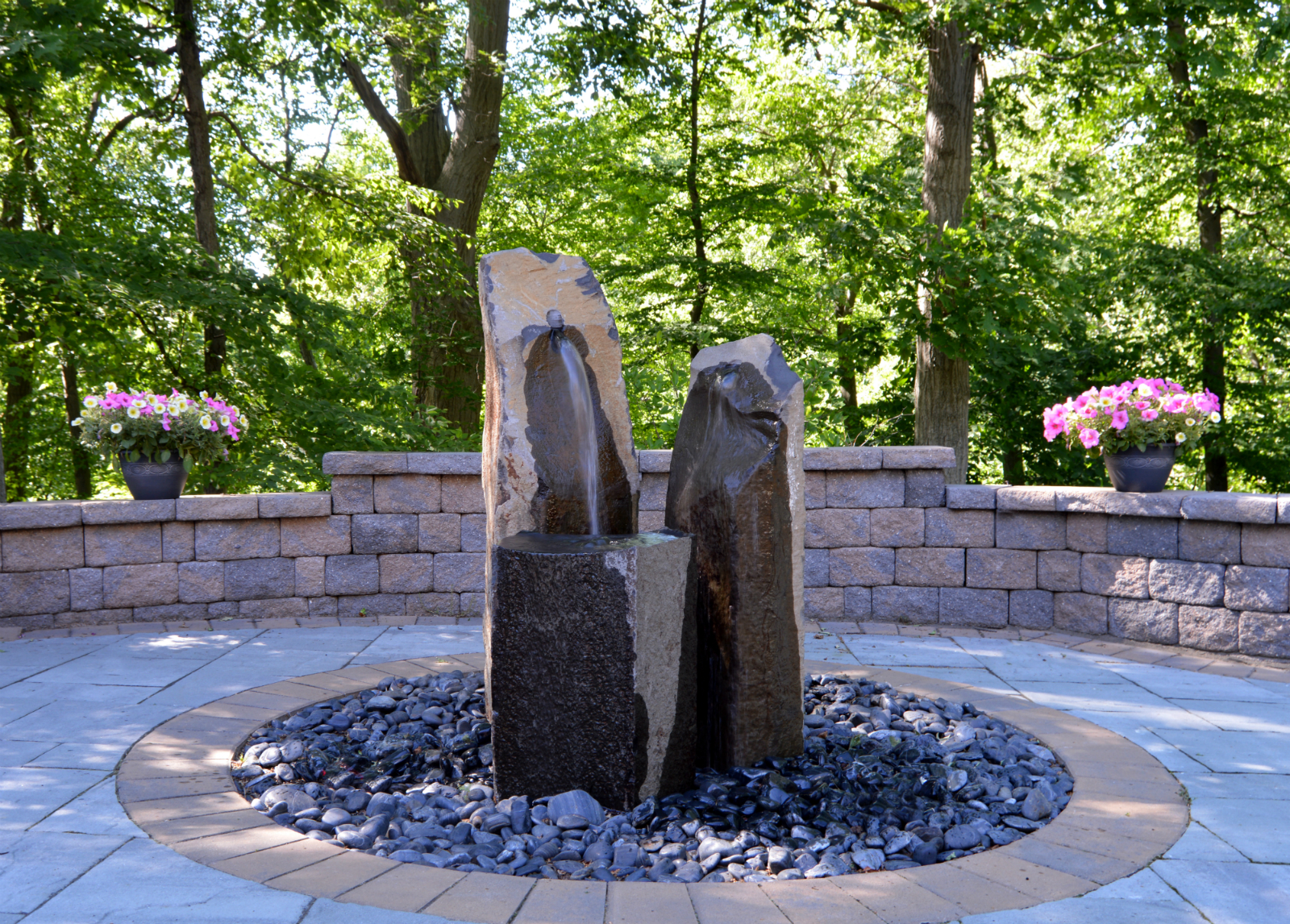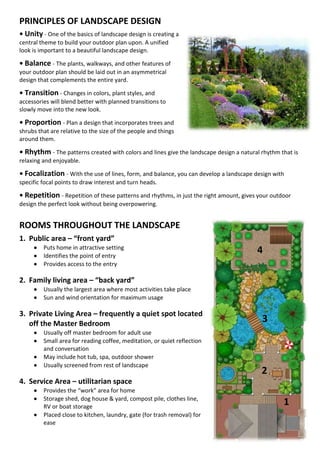The Best Guide To Landscape Design
Table of ContentsGetting My Landscape Design To WorkNot known Details About Landscape Design The 9-Second Trick For Landscape DesignThings about Landscape DesignThe Definitive Guide to Landscape Design
Formal style theme. Credit Score: Gail Hansen, UF/IFAS The yard is an extension of the home where a selection of tasks occur. A lawn can normally be split into three locations: public (the front yard), personal (the backyard), and service (normally the side yard). The place of task areas depends primarily on the kind of location, the size of room needed, the sort of activity, and the preferred closeness to other activities and structures.The outdoors wall of your home frequently functions as the very first wall surface or beginning point of an exterior area. Inappropriate uses must be divided, and associated activities, such as food preparation and eating, should be put with each other to make the backyard much more reliable and enjoyable. When using hardscape to develop spaces, utilize construction product comparable to that utilized in the house for connection from your house into the garden.
Linked areas. Credit Rating: Gail Hansen, UF/IFAS Utilizing similar hardscape functions and duplicating plants draws the eye around the garden. Crucial factors along the road can be highlighted with plantings or attributes that draw interest and urge activity in a certain direction. Moving along the path takes a person from one area to the next and enables the individual to have a range of experiences.
Landscape Design Fundamentals Explained

For emotional comfort plants are utilized as physical or implied obstacles for privacy and safety and security. Physical barriers block both the sight and accessibility to a space and consist of fences, walls and plant bushes. Suggested barriers, typically reduced growing plants, obstruct access however not the view (Number 9). Other functions of plants include cleansing the air, stopping disintegration and dirt loss, preserving dampness in the soil, and returning raw material to the soil.
Physical and indicated obstacles. Credit Score: Gail Hansen, UF/IFAS For these reasons, the types of plants to be used (such as trees, bushes, or groundcovers) should be selected in the very early stages of preparation (Landscape Design). Plant types are picked for their practical capacities so that their future objective and required room can be thought about at the same time

What Does Landscape Design Do?
Each plant mass is in front of, behind, or beside, another mass. Number 11. Horizontal plant layers. Credit History: Gail Hansen, UF/IFAS Number 12. Upright plant layers. Landscape Design. Credit Scores: Gail Hansen, UF/IFAS Duplicating plants within a mass and repeating masses with similar plants links the yard together. The individual plant features should be considered to successfully layer and mass plants.
All plant make-ups begin with the primary structure plants, the big, mainly evergreen background plants-such as the trees and big shrubs. These plants separate or enframe spaces, control the size of the area, and give the beginning factor for picking the proper features of the 2nd layer, Extra resources midground plants, for massing and infill.
Crucial points in the garden should be highlighted by the use one-of-a-kind plants, distinctive frameworks, or garden ornaments. Noting limits or entryways to areas can be made with entrances, arbors, and steps, or through the use of distinct and colorful plants. The form and/or style theme of the yard will often aid figure out the essential factors and just how they must be highlighted.
Various other important areas in the yard are focal factors, which is used to aesthetically organize a designed area. Various point of views or viewpoints can reveal different make-ups in the landscape that may need a variety of focal points.
The Definitive Guide for Landscape Design

Figure 13. Plant types. Credit Score: Gail Hansen, UF/IFAS After kind, texture is the next leading attribute of a plant; coarse, medium and great textures can be utilized for comparison and focus in the landscape. Type and texture both trump color in the garden for most of the year. During particular periods, shade will be the most noticeable attribute of the garden.
The pleasant aroma of plants, the noise of wind in the trees, the noise and texture of water, and the shades and textures of sculptures, pots and garden furnishings all add to the experience of the yard. One detail that is usually ignored is the effect of light on the visual appeals of the plants.

The 2-Minute Rule for Landscape Design
It is necessary to understand the eventual mature dimension of plants so they can be positioned in the right place and spaced appropriately when they are set up. Giving plants space to grow is an obstacle since the common fully grown dimension is typically based upon optimal expanding conditions and the ecological problems of a site might trigger a plant to enlarge or remain smaller sized.
Comments on “The Buzz on Landscape Design”